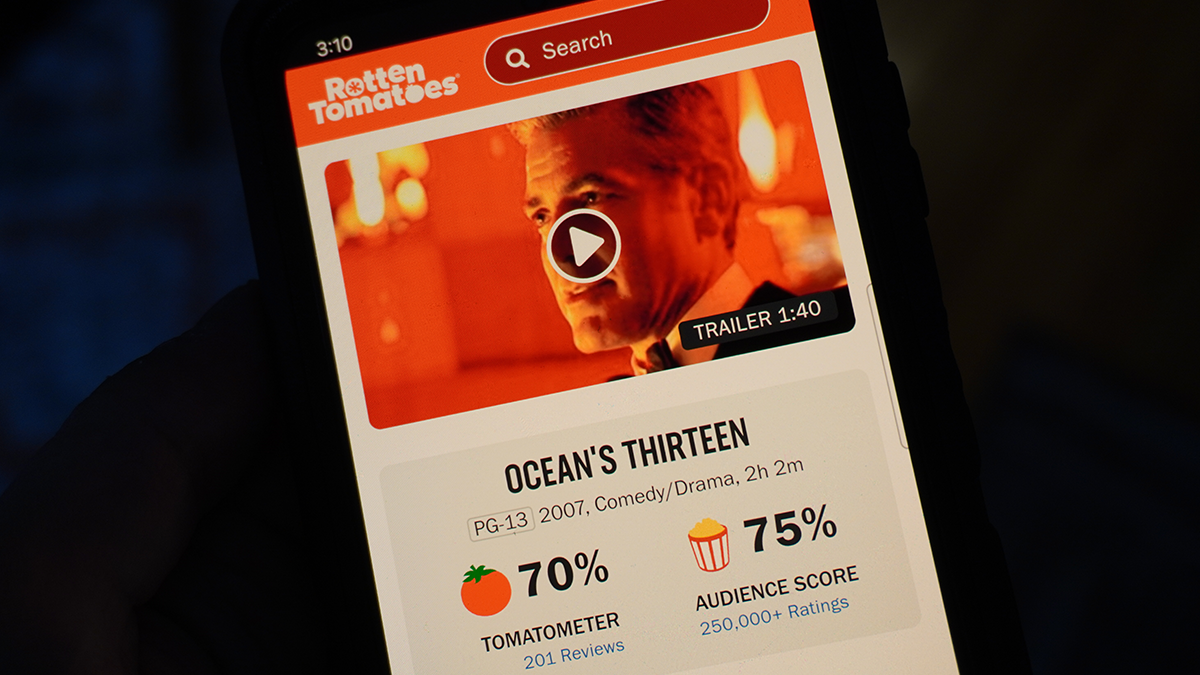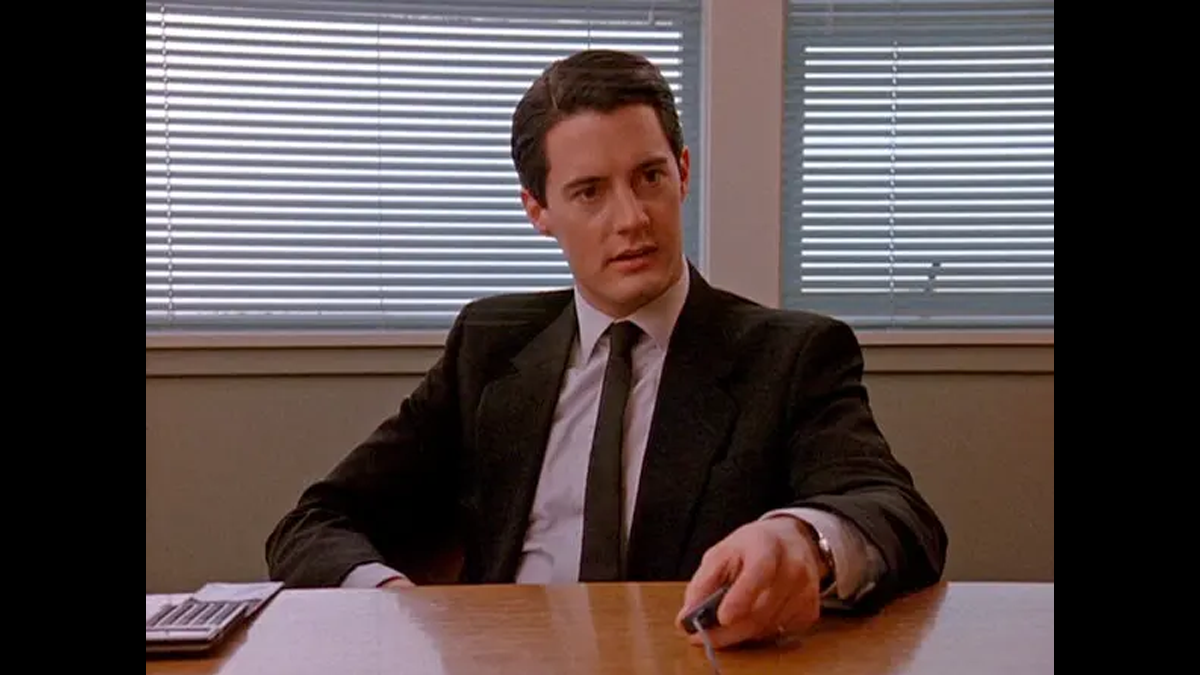Everyone who visits the website “Rotten Tomatoes” is surprised to see it’s somehow related to film, and not to tomatoes. But the confusion never stops there. Here at Dibs Next, we pride ourselves on fixing misconceptions and educating the public, so here’s our Explainer on Rotten Tomatoes.
First, and most importantly, the Rotten Tomatoes score is not the amount of the movie that you’re supposed to watch in order to get the best experience. Trust us– not only have we learned it the hard way, but we’ve also done the research. If you multiply the runtime by the Rotten Tomatoes “percentage,” you will receive a specific point in the movie, but it is not the point in the movie you are supposed to turn off the television or leave the theatre. It’s just a random point in time. Confusing!
I know, I know. This comes as a big surprise. You still think it’s the percentage of the movie you should watch. It’s not that. We all thought that, but it’s not that. What it is, instead, is a percentage which represents how many critics reviewed the movie positively, versus how many critics reviewed it negatively. Okay. Woah. What does that mean?
Critics are people whose job it is to watch movies, and to review them. The idea of a movie critic is you find someone whose opinion you respect, and then listen to their commentary, and decide whether you think it sounds like a movie you’d like to see before seeing it. These reviews can also help you appreciate certain aspects of the film going in that otherwise you might have missed. Sometimes, you might even like to read a review after seeing a film, to see if their analysis lined up with yours. They can add a personal touch, a relationship, to your media.
The Rotten Tomatoes score takes all those critics’ reviews and puts them in a big blender and spits out a number. Nice! But remember: this number is not the percentage of the movie you’re supposed to watch. Hey, don’t blame me! It’s just not what the number means. Instead, it means the percentage of the mov– oh, whoops! See how easy it is to forget? I bet you do it all the time. No. It means the percentage of the previously described critics who reviewed the movie “positively.” There you go.
Now, keep in mind, some movies may be more divisive than others, and so the easiest way to get a high Rotten Tomatoes score is to make a movie where the whole thing is worth watching… wait, no! Darn it! I’ve done it again. It doesn’t mean that, Phil. The easiest way to get a high Rotten Tomatoes score is to make a movie where the broadest subsection of critics will review it at least marginally positively, rather than making something that will be a home run for some people and a strikeout for others.
But you’re not stupid for thinking it’s the percentage of the movie you’re supposed to watch. Practically everybody thought that, some of us for, like, a decade. So, honestly, if you thought that, maybe you’re just double-smart. You thought what everybody thought. You’d be so good at Family Feud. You’re valuable, and you have worth.
There’s also the user score on Rotten Tomatoes, and that’s basically a temperature check on how riled up the internet is on any given day.








COMMENTS.
One response to “Rotten Tomatoes EXPLAINED: The Score Is NOT the Percentage of Movie You Should Watch”
Thank you for clarifying this, Phil. We’ve had this in our FAQ for a while now, but lets be real – nobody ever reads FAQs.
This is more of a problem than people think, because the movie critics themselves also think that the score is the percentage of the movie they should watch, so as the score changes, each subsequent review is actually reviewing a completely different percentage of the movie than the ones before it. Its a real predicament. Hopefully this article can help fix things.